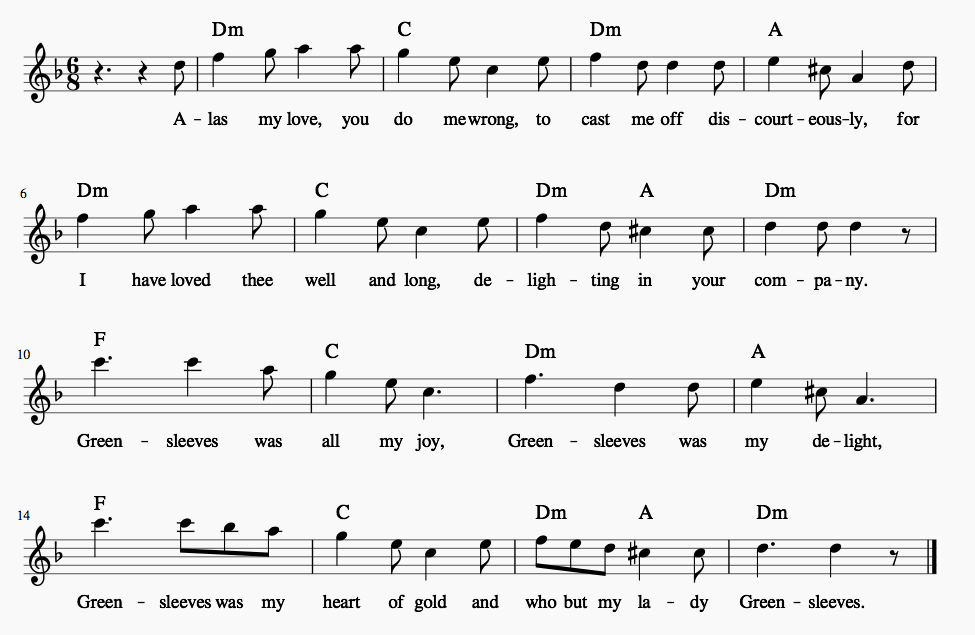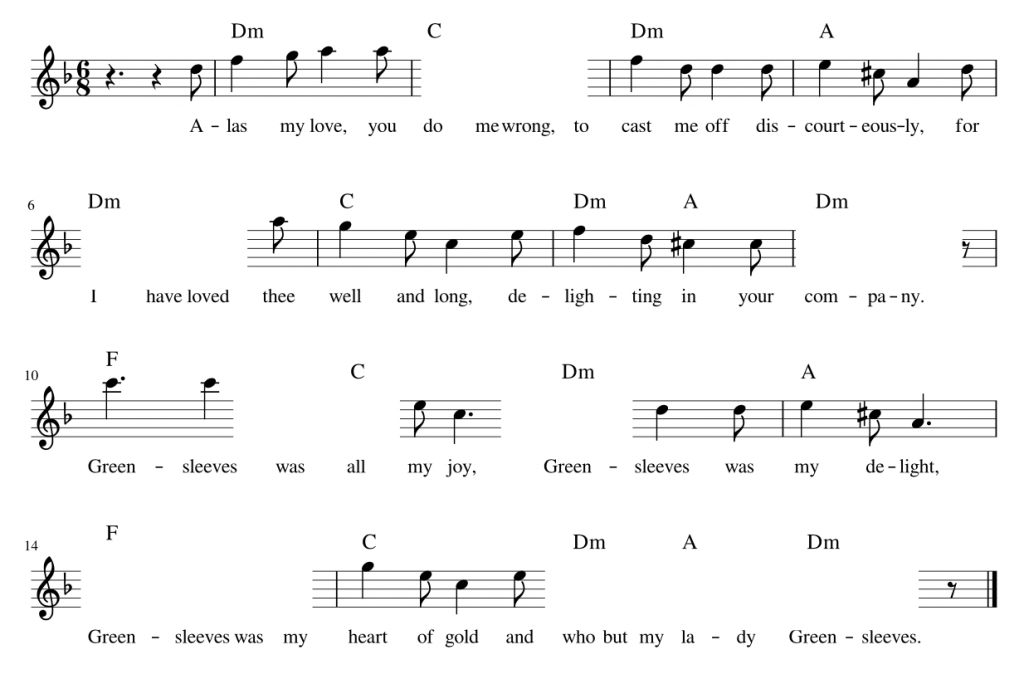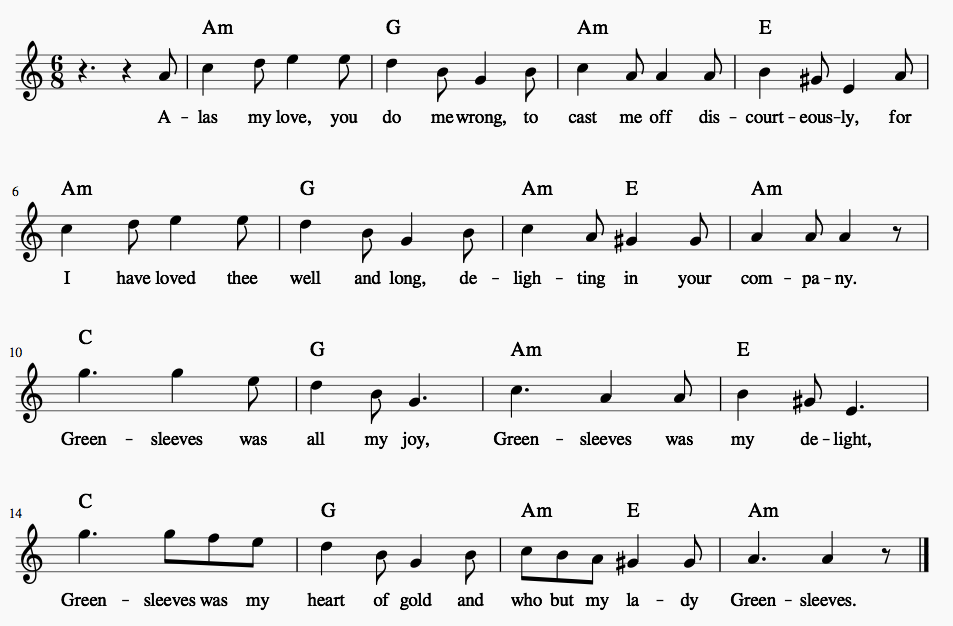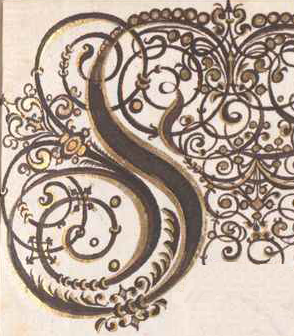Improvisation Session 1: Greensleeves
Improvising on Greensleeves

We are very excited about our first Improvisation session coming up on 14th of October 2017 in Musicon.
Workshop at 14:00, Session at 15:30. Pitch A=440Hz. Starting point of the session is Dutch, but we can always switch back and forth :).
Below you can reserve your tickets and start learning!
Who doesn’t know this melancholic melody? Although, perhaps it doesn’t have to be that melancholic. If you make music really your own, it may start sounding differently from the original, like John Coltrane’s version below:
Reserve for Session and Workshop
We thank the following funds for their support!



Greensleeves in classical music
In 1580 we read about this melody for the first time. It is then still called “a new northern dittye”. The melody may however have yet earlier origins.
Shakespeare also mentions the melody in his “The Merry Wives of Windsor”. We also find it in an improvisation book from the 17th century, in which the melody is printed with a wealth of possible improvisation examples.
But also later on the melody is still used, like this piece by Gustav Holst.
Playlist with a few different versions of Greensleeves, a mass on the melody of Greensleeves and an oboe quartet on Greensleeves.
Step 1: The melody
Step one is to just play or sing the melody. Here is a simplified version:
Play or sing it a few times. Even on a piano or guitar start with playing just the melody, without chords or other notes. Play the melody in different ways: somewhat faster or slower, very legato, very expressive or ‘very dull’. Change between these ways of playing, even mid-song. Even this could arguably be called improvisation!
Can you still play it from this:

For improvising it’s great if you know the basic material (the song Greensleeves) as much by heart as possible. Of course we can always use sheet music to remind ourselves.
Still having trouble? Try to play along with this track.
(By now) The melody probably sounds familiar. Can you also play the melody when you start on a different note? By playing the melody from different starting points you learn to become more flexible and really learn the shape of the song, rather than the notes to one particular version.
Can you start the melody from an a for example? You can use this version to check a few notes:

Step 2: The Bass Melody
In the music above you also see letters above the notes. These are the notes of the chords. If you play them on your instrument separately, you get the bass melody! You don’t necessarily only play it on a bass instrument. Careful: most bass notes are valid for the entire bar. Here is an example of the beginning:

Have a listen to see if you like the way it sounds with the accompaniment we recorded for you! (First you will hear 4 bells to give you the tempo). If you play a keyboard instrument or chordal instrument you can try to play both the bass and the melody at the same time!
The chords start on the beat, as you can see from the above example, in bar 2. After a few times, see if you can do this by heart without looking :). It may take a few days to learn, don’t worry!
Can you do that in ‘a’ too? This means starting on the note a.
Step 3: your first improvisation on Greensleeves
Next, play only the first note of each bar and hold it for the entire length of the bar. You will notice it works in the entire bar! This looks like this:

See if you can play this with the accompaniment.
If this works well, perhaps, as an experiment, try to play a b flat, or g sharp somewhere. Do these notes still sound nice and how are they different?
You can apply the same principle to each half bar. Like this:

Now, can you also play these notes with the last one first in each bar, so inverting the order of notes of each bar. Like this:

If you look at bar 3 of the original melody at the beginning of the page, you may see that in fact all three notes of the ‘triad’ G are being used, the g, b and the d. You can use all those notes in that bar in any order. What about bars 3, 7 and 11?
Experiment with the notes in varying orders with the accompaniment in the track below. Take care to still be in time with the chords. The little bells at the beginning of the track each are half a bar long, or a dotted crotchet.
Do you hear how the lute uses those same notes?
On a chordal instrument you can try to see now if you can play the melody in one voice and some chordal patterns in your left hand. Or the bass melody in the left hand and use these other notes in the right hand.
in d:
in a:
Step 4: finding more inspiration


This is the melody as printed in 1706 in the book “The Division Flute”. Do you see the melody is a bit different, but generally uses those same chord notes. If you play it with the accompaniment you will notice it still sounds nice.
There are also examples of Greensleeves improvisations. The version which we find special is in that very same book “The Division Flute”, a book to help amateur musicians in the 17th century to improvise. Here you can find it in modern notation:
Greensleeves variaties in G Sleutel
Greensleeves variaties in bassleutel
You can see in this written improvisation that ‘broken chords’ are often used, like what we have practiced a bit in step 3.
To go back to the idea of step 3: try to use some different rhythms on this element. This was what we did in step 3, just playing the note at the beginning and middle of the bar:

Now I can use those same notes in that same bar, but play them a few times in a particular rhythm. Notice how I reuse the same rhythm to give coherence to my improvisation:

On a wild night it might become:

Now let’s go back to the 17th century written out examples. See for example bar 25. Play it with the accompaniment and see how it sounds. Also here you can change the order of the notes to make your own improvisation out of it, so long as you use the same collection of notes for that particular bar. So in a bar with d-f-a you can’t use the a-c sharp-e combination.
Bars 41, 49, 73, 81 and 89 are also great examples!
Use this forum to ask us your questions (take note: if you don’t understand something, it’s OUR fault! 🙂 ), share thoughts with each other and leave comments on how we can keep improving ourselves!
- This topic has 0 replies, 1 voice, and was last updated 7 years, 9 months ago by .
- You must be logged in to reply to this topic.
